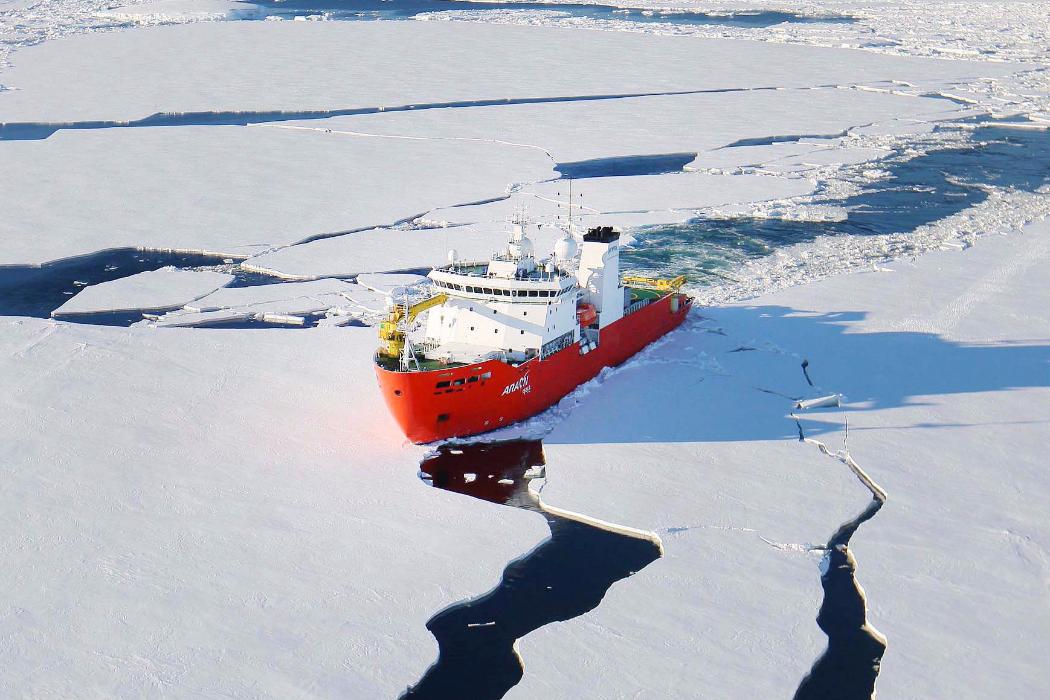Our programme engages in research on the causes, effects and responses of the Antarctic system to global change, with an emphasis on atmosphere-climate-cryosphere interactions using remote sensing.
The key issue facing the Antarctic region is to understand how the current Antarctic environment will respond to global change and how those changes will influence the rest of the global system. Global climate models have predicted that environmental changes will be amplified in the Polar Regions and the impact of these changes on the global system will be far reaching. Rising sea level will cause many of our coastal cities to be flooded, and changes in the world climate and ocean current systems will impact our ability to feed the world's growing populations. The Royal Society of New Zealand has identified sea level rise as one of the most important issues to affect New Zealand.
Our Atmosphere-Climate-Cryosphere Programme focuses on atmosphere-climate interactions; how those interactions are responding to environmental change, and the impact of those changes on the Antarctic cryosphere and biosphere. The programme uses a combination of surface observations, remote sensing techniques and modelling to provide a powerful framework for studying the near-surface climate of this remote continent, particularly in the Ross Sea region.
The programme also aims to establish the links between climate variations and changes in the cryosphere, including the mass balance of the Antarctic ice sheets, the dynamics of the outlet glaciers, and changes in sea ice properties in recent and historic time. Understanding the behaviour of the Antarctic Ice Sheet during past periods of global warmth is critical for predicting the response of ice sheets and ice shelves to environmental warming in the future.
Key projects and researchers
Dynamics of the Antarctic atmosphere
This project focuses on the dynamics of the Antarctic atmosphere and surface climate processes using remote sensing equipment with a particular emphasis on impacts of climate change on the dynamics of the Antarctic cryosphere. Middle atmosphere research aims: to produce high-resolution measurements from the Scott Base MF radar and explore synergies between the radar data and observations by the University of Colorado lidar; to examine the role of atmospheric dynamics on ozone chemistry and feed this knowledge to the climate modelling community via collaboration with AAD and NIWA; to use satellite and high-resolution ground-based measurements to examine the role of atmospheric dynamics in the stratosphere on the forcing of Antarctic surface climate and feed this knowledge to the climate modelling community. A new environmental wireless sensor network (Snow Web) is being developed to investigate the link between atmospheric processes and surface climate. It aims to: contribute to improved climate and environmental monitoring in the Ross Sea Region; to demonstrate the scientific and observational benefits derived from an advanced distributed networks in understanding the spatial variability of climate parameters, and to integrate satellite, model and networked climate data into an initial Ross Sea Region climate reconstruction.






